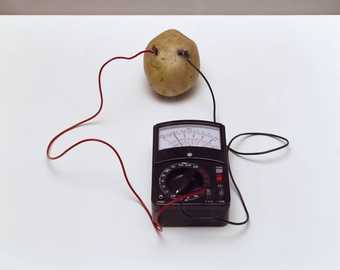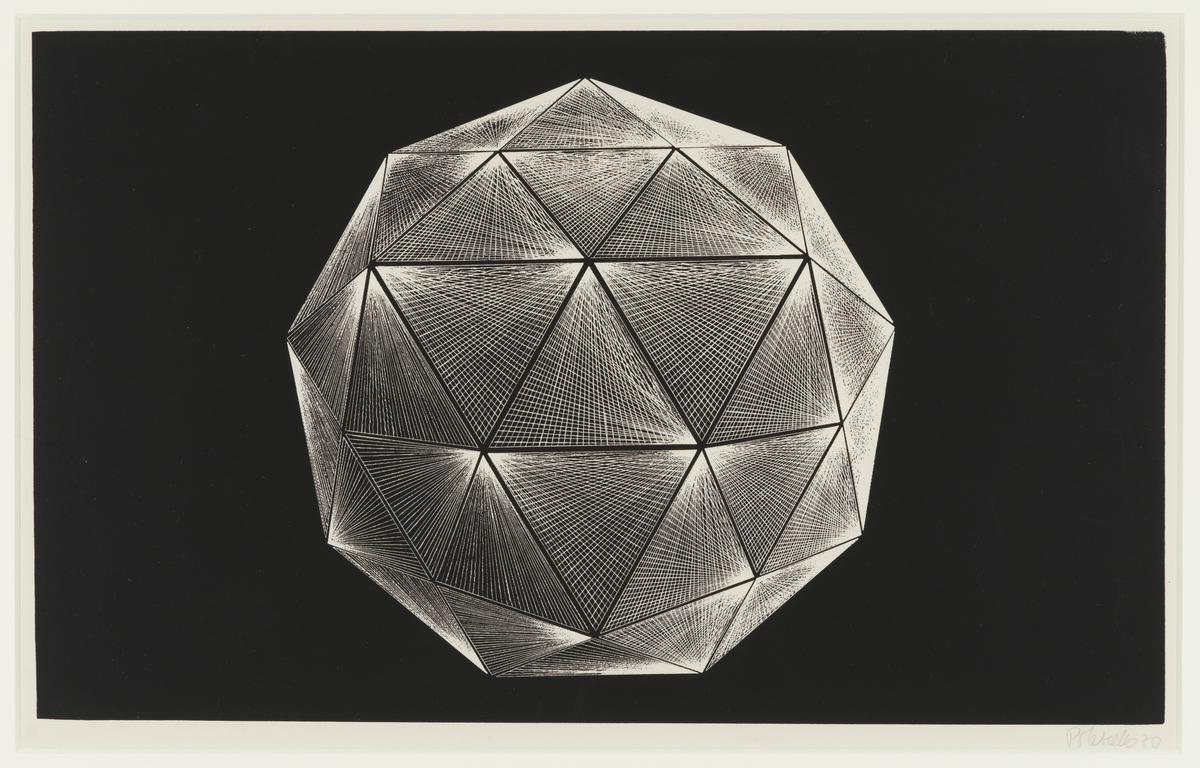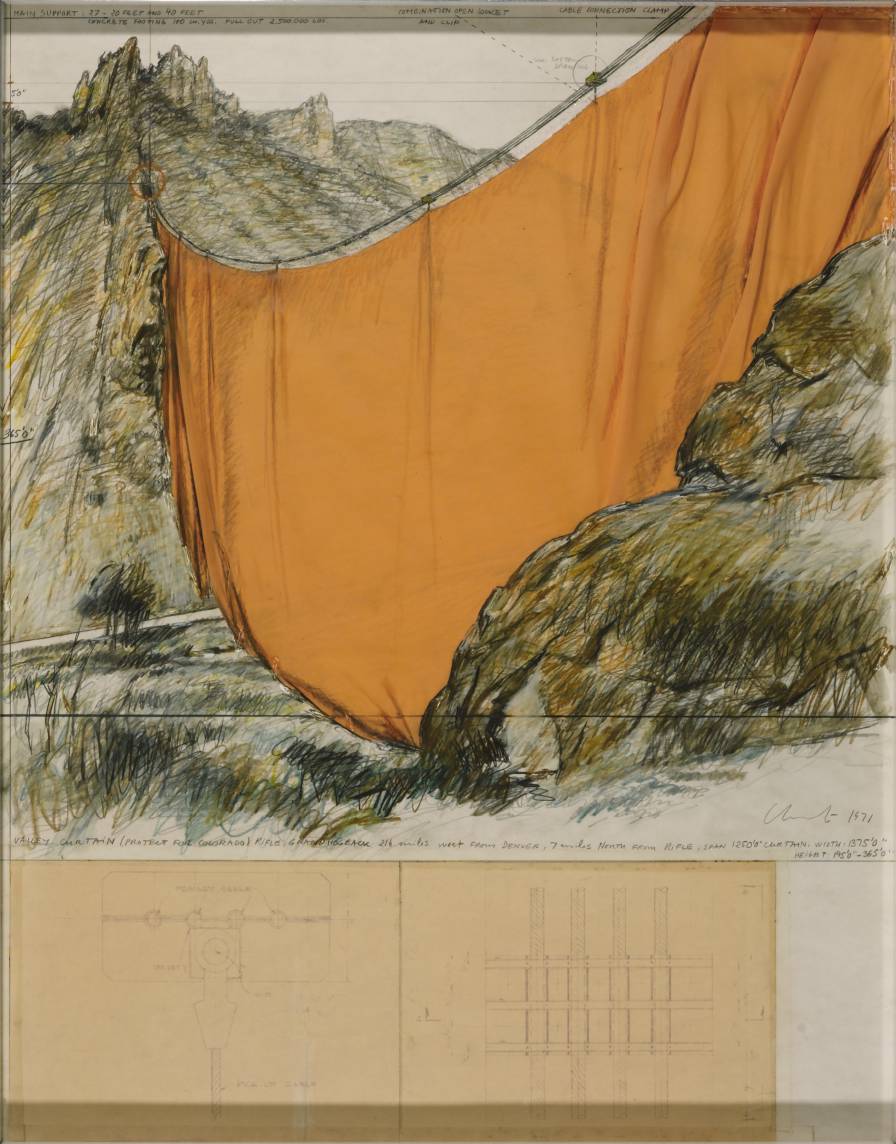11 rooms in Media Networks
Discover artworks that explore organisational systems, communications and mass media
The artists included in this display have all been associated with the Centre of Art and Communication (Centro de Arte y Comunicación or CAyC) in Buenos Aires. This influential art space was founded in 1969 to explore the relationship between art, technology, science and social studies.
The Centre’s Founder-Director, Jorge Glusberg, described the work that it exhibited as ‘systems art’. The term echoed the 1968 essay Systems Aesthetics by the critic Jack Burnham, who argued that,
We are now in transition from an object-oriented to a systems-oriented culture…Art does not reside in material entities, but in relations between people and between people and their environment.
Such works examine how ideas and images circulate in society, particularly through the mass media.
This room includes Argentinian artists who were closely involved with Glusberg and the CAyC, alongside some of the international artists who exhibited there. CAyC’s activities (which continued until 1977) helped Buenos Aires to become a major hub for practices such as conceptual art and artworks sent through the post, known as mail art. As well as providing a space for a new generation of artists to engage with communications and media art, it provided a connecting link between artists around the world.
This is one of a series of rooms at Tate Modern, each offering ‘a view from’ a different city. They focus on a period when new approaches to art making were emerging there, developed locally and in dialogue with artists from other parts of the world.
Art in this room
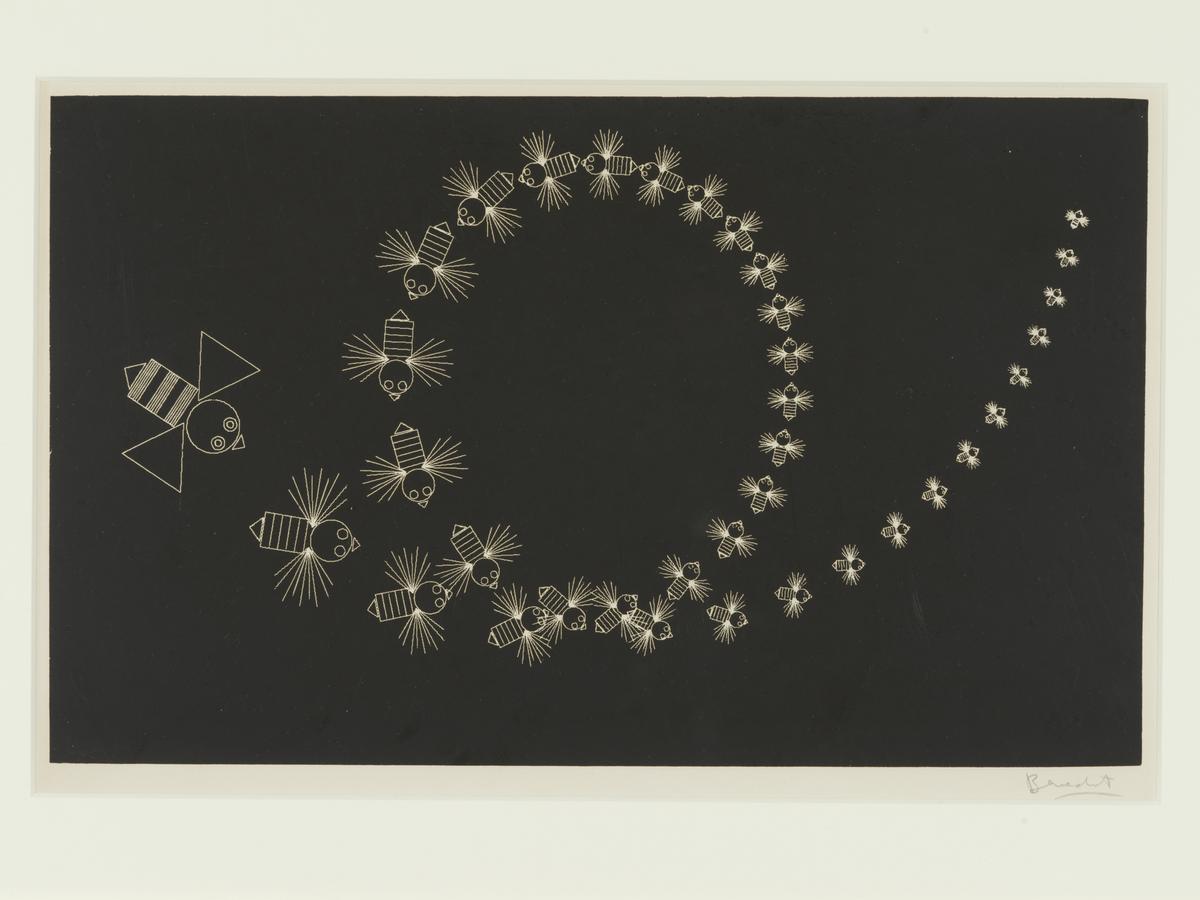
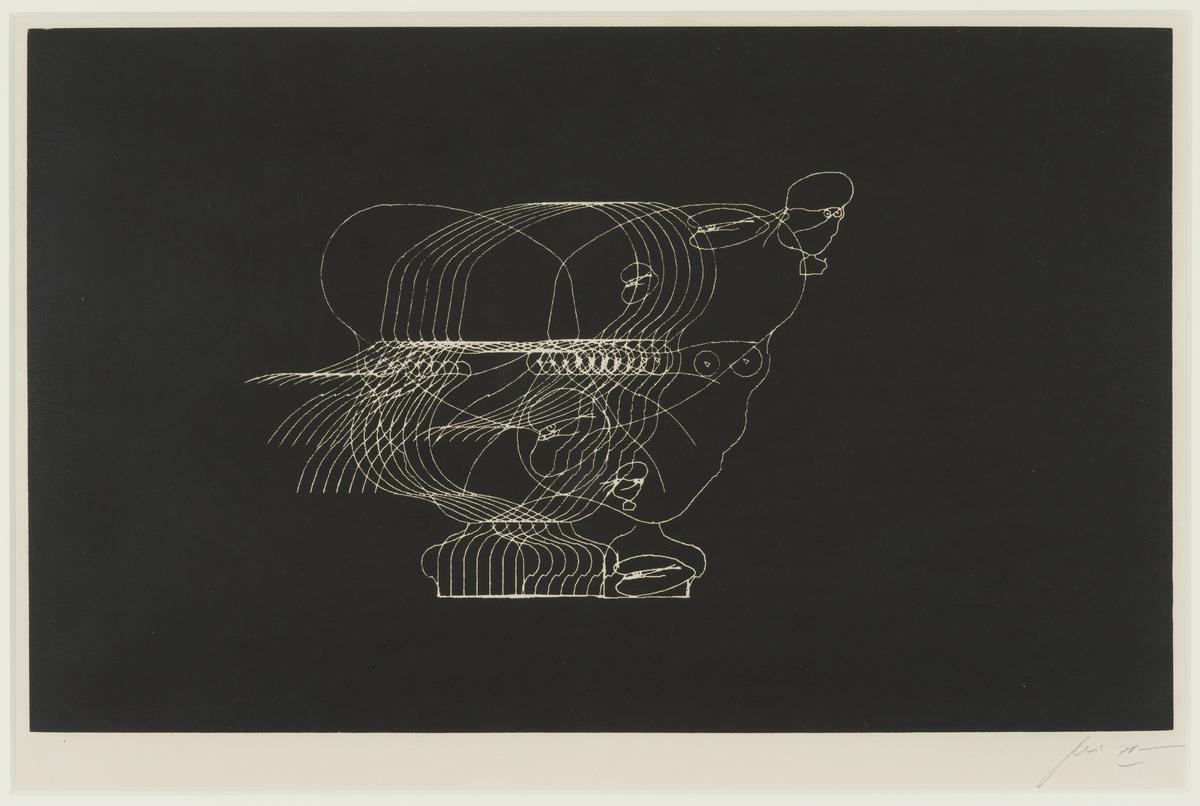
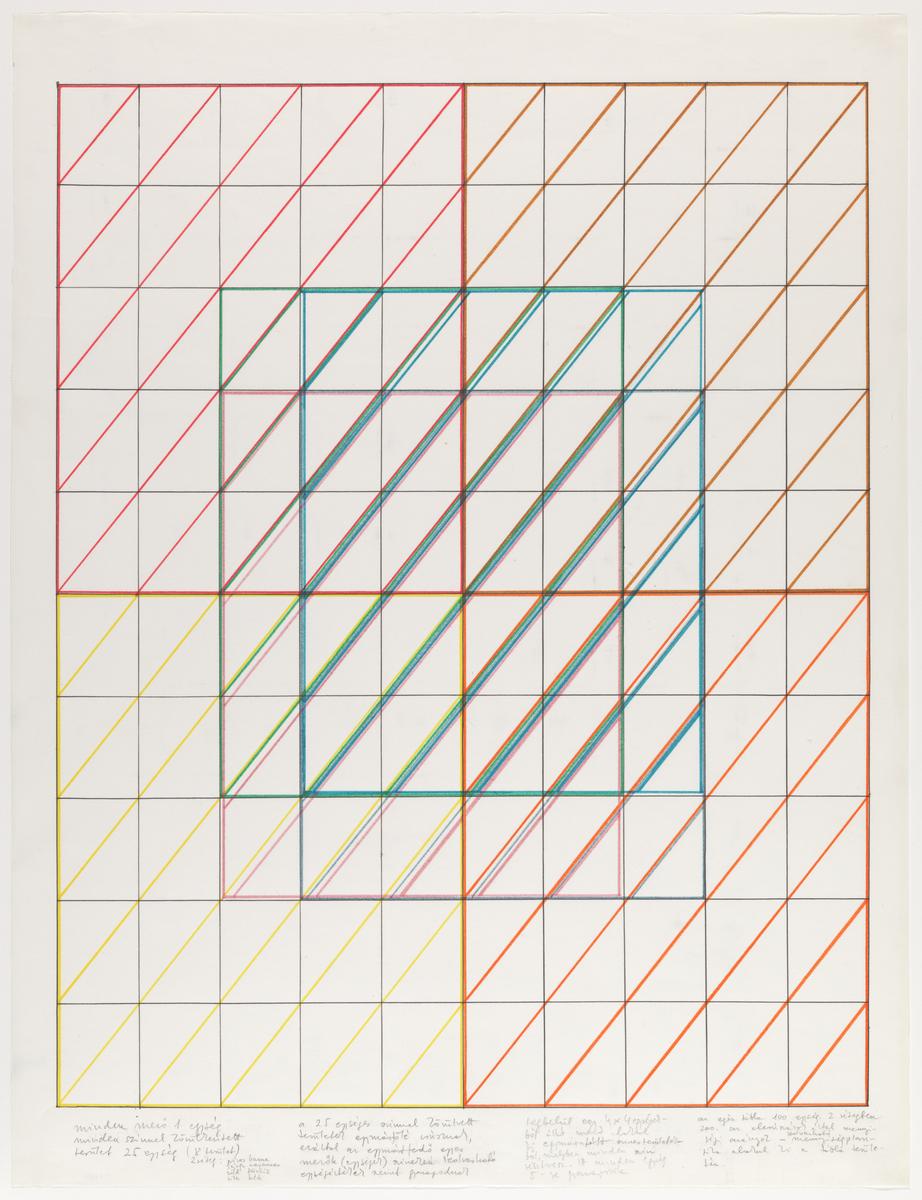
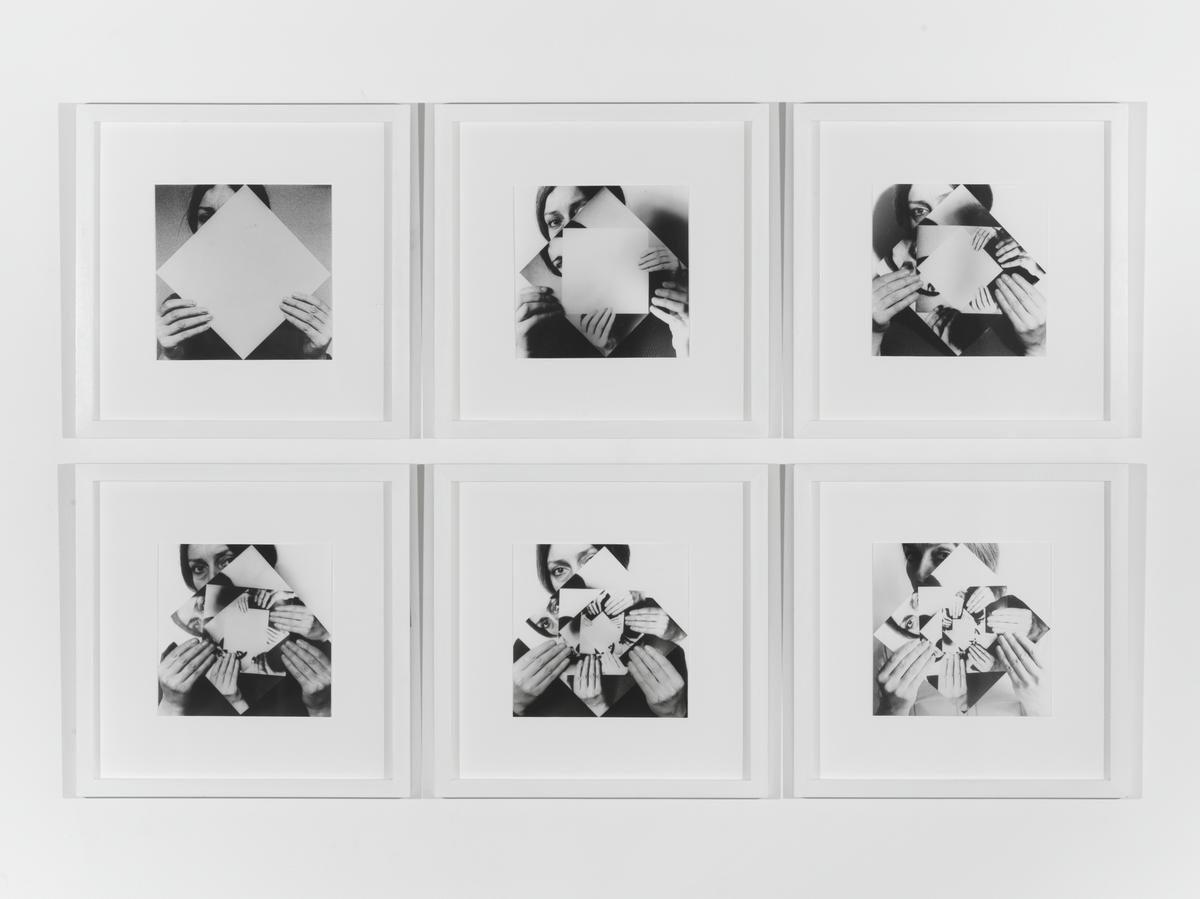
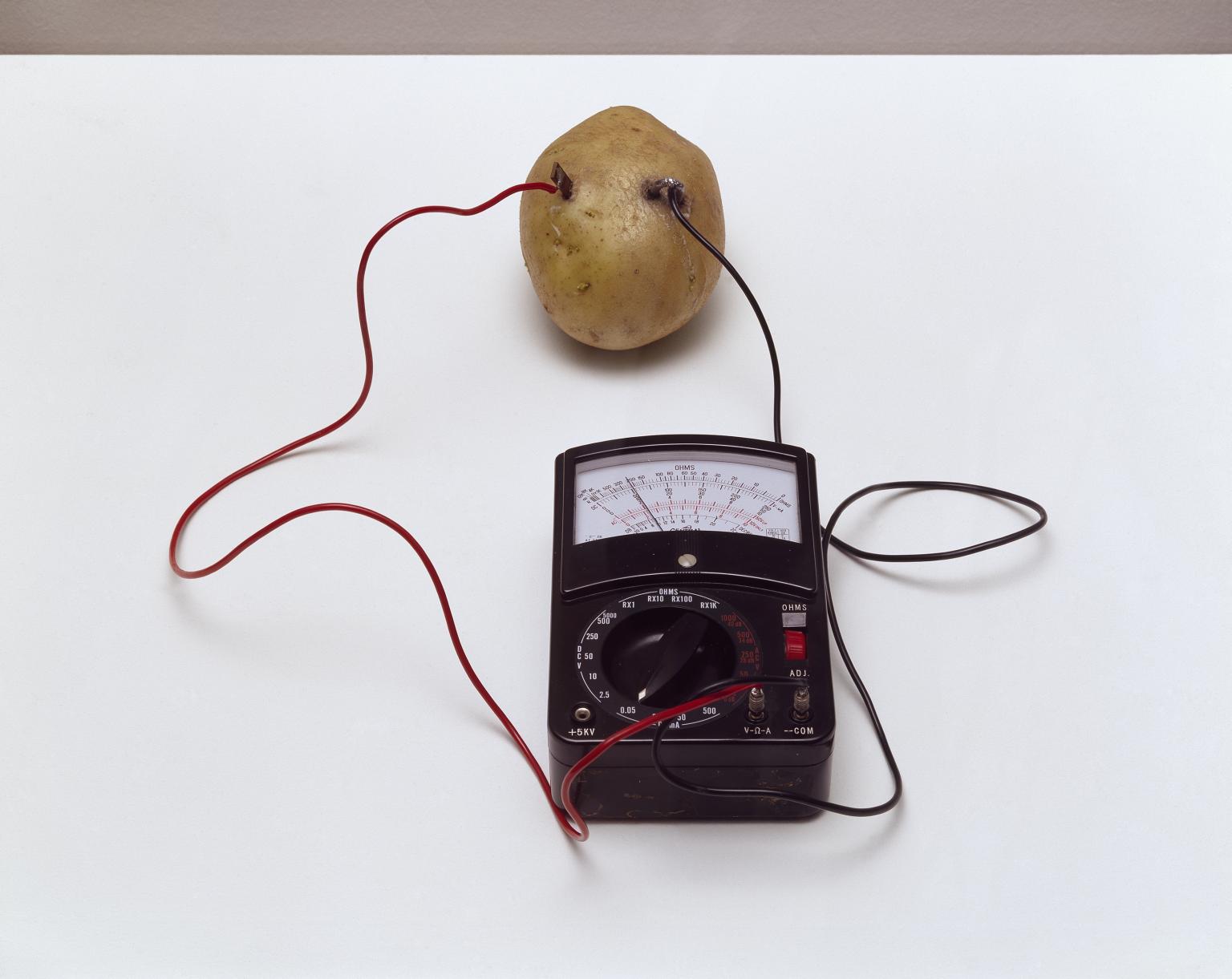
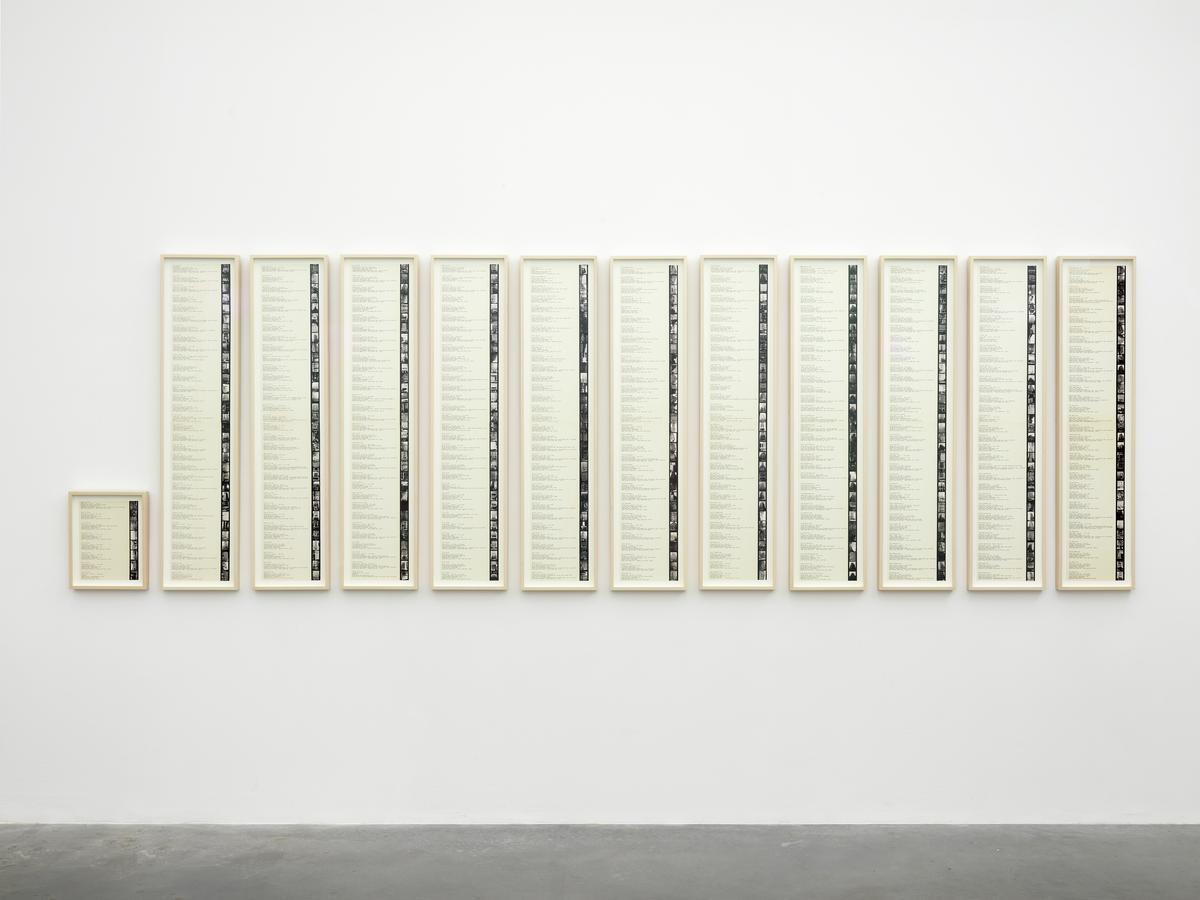
You've viewed 6/9 artworks
You've viewed 9/9 artworks

